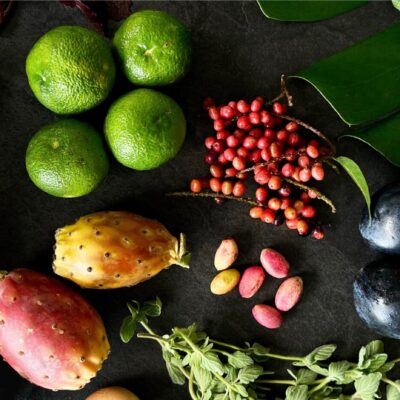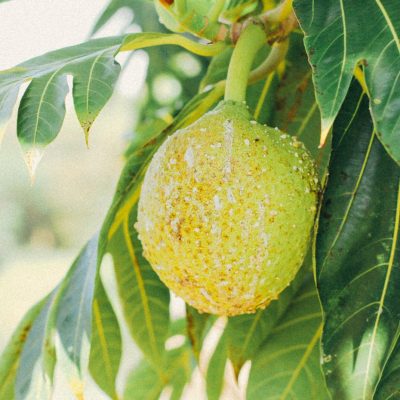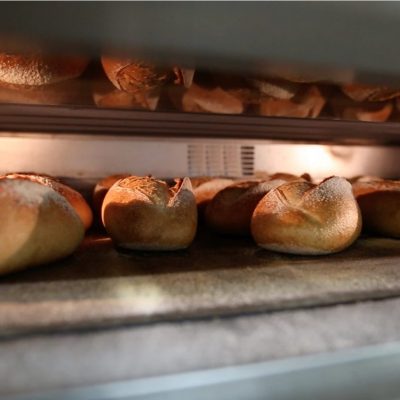Here at Suncoast Fresh, we’re customarily known as a wholesale fruit and veg supplier; however, we like to think outside the box and often source products that may not necessarily fall under that ‘mainstream’ umbrella.
We often discover unique and somewhat rare products, and if you scroll through our Instagram, we guarantee there will be something you haven’t heard of before. Supplying those ‘not-so-typical’ items to cafés and restaurants separates us from the crowd, and provides Suncoast Fresh with a unique representation within the fruit and veg industry.
In this week’s antics, we caught up with Jack Stone, founder of Bee One Third. Thanks to Jack and his vast expertise we’re able to distribute the highest quality honeycomb racks in Brisbane, Byron Bay, Toowoomba, Gold Coast, Noosa, and the surrounding areas. We recently learned about the complex processes behind the sweet, sweet golden nectar and are truly buzzing from our new knowledge! “We don’t settle for second best, we only pick the best…” Says Jack.
The European Honey Bees have their work cut out for them and seem to be working around the clock! Housed on rooftops and suburban backyards, Beekeeper Jack begins the process with a queen bee and a cluster of working bees. What would start out with 500 bees will quickly expand to what Jack calls a ‘production colony’ of approximately 20,000 bees. This process will occur within a short 6-month window, and by then, they’re able to produce A LOT of honey.
In fact, they can produce 3kg of honey in just two short weeks! Within those two weeks, these bees are buzzing from flower to flower – collecting nectar and pollen. Although this sounds straightforward, bees are very intricate insects, and they follow a specific step-by-step method to create that end product we like to spread on our toast.
Once they ingest the nectar, they’re able to excrete honeycomb out of four glands, which are on their backs. “They’re taking the nectar from a sugar molecule and embedding it into a fat molecule through a transformative process in their body, which is where beeswax comes from.” Says Jack.
This then maps out the shelving system, which is where the bees store the honey. Once they’re happy with their shelving system, they’ll start to produce honey in the very same way they created the honeycomb. “Without nectar, there is no beeswax. Without beeswax, there is nowhere to store the honey. Without honey, we don’t have honey frames and pollinators.” Says Jack.
The nectar has a really high water content, which needs to be lowered before the ideal consistency and flavour is mastered. There are bees within the colony that hold the particular role of de-hydrating the honey. Bee One Third ensure that they only collect ripe honey, maintaining great flavours and consistencies. This process is completed and signified to beekeepers like Jack once there is a wax covering on top of the honey racks. “That to a beekeeper is like bonzer!! We’re good to go!” Says Jack.
Happy Inaugural WORLD BEE DAY!! Thanks to the persevering work of the Slovenian Government, who over the last 3 years have petitioned the UNITED NATIONS council to recognise the importance of our sacred bee! May 20th will now be recognised as WORLD BEE DAY every year! Woohoo, so much has gone into seeing this through, and huge props must go to all the caring beekeepers big and small out there in the galaxy for helping to keep colonies healthy and Mother Nature thriving. Massive thanks to @canberraurbanhoneyfor leading the charge for Australia, in alignment with the #Slovenianembassy in Canberra in helping us all realise the importance of our first of many to come, WORLD BEE DAY!! Celebrating all great things the bees do for us, from pollination, Honey, beeswax, Pollen and more! Viva Le bee! #pollinatingchange #worldbeeday #worldbeeday2018
Bee One Third has a unique production process, which translates to the flavour and quality of the honey. “We’re all about bringing bees back into landscapes that they’ve been driven out of, for example, places in the city…Traditionally, beekeepers put hives around one or two types of trees that are flowering. But here in the city, we don’t just have two types, we have up to 40-50 different types of flowers, so bees are feeding on a diverse range of food that gives us this really delicate, multi-floral flavour that comes through the honey.” Explains Jack.
If you’re interested in having honeycomb on your menu, honey racks in your venue or would like to know more? Give us a buzzzz and we’ll hook you up





